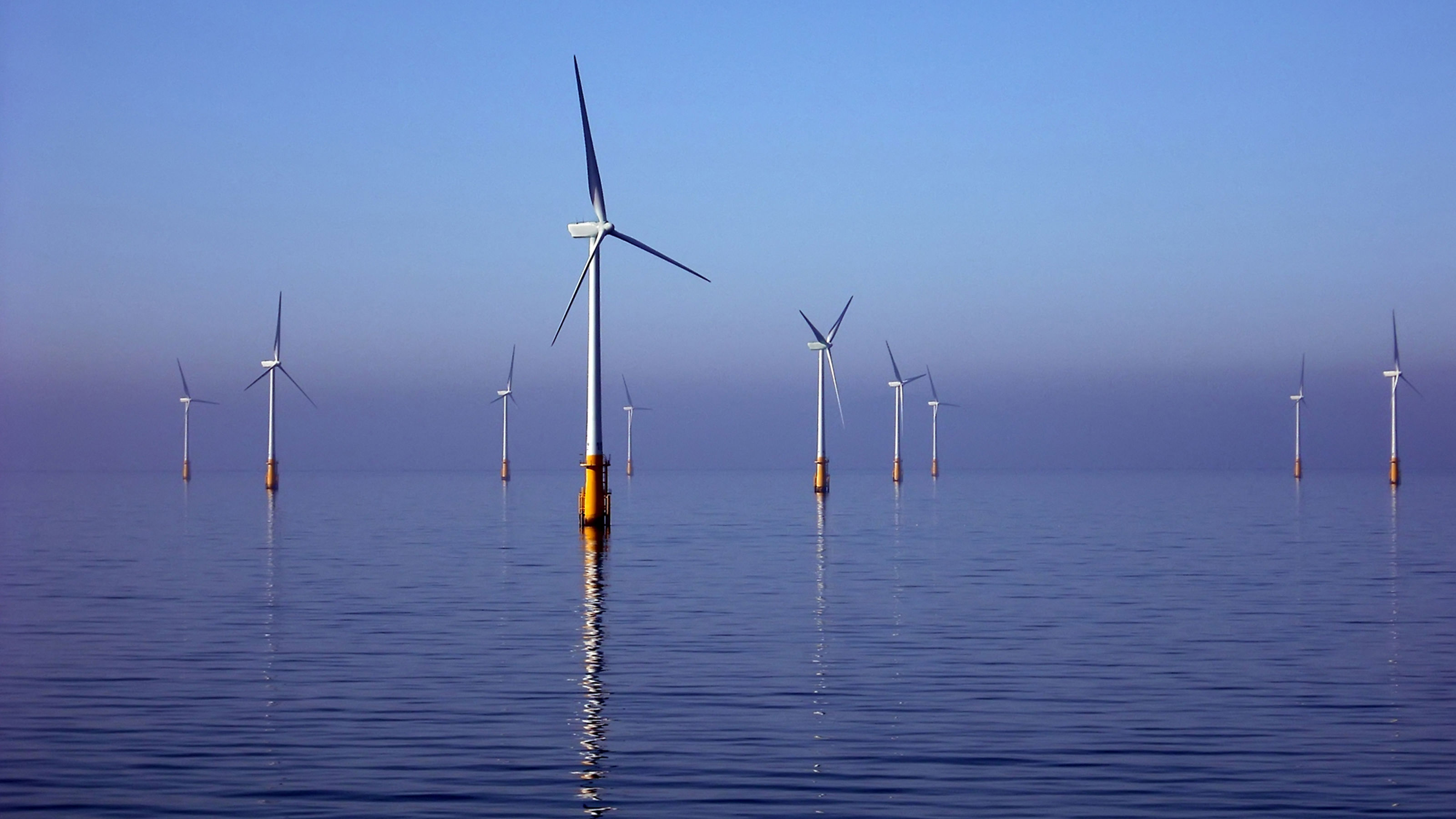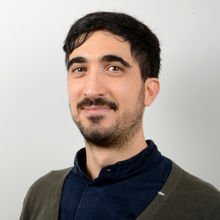TAILWIND breathes new life into the future of offshore renewable energy
TAILWIND embraces sustainable-by-design principles to shape the next generation of floating offshore wind (FOW) farms.

( Credits: Andy Dingley, WikiMedia)
Floating offshore wind farms are developed to harness the high potential of offshore wind energy, where wind blows steadier and stronger than on land. The TAILWIND project, launched in January 2024, will deliver advanced station-keeping technologies, designed to maintain the position of floating offshore wind energy farms through innovative mooring lines and anchoring systems. The development of these technologies is critical to open new paths towards the global effectiveness and sustainability of FOW farms, driving tangible cost savings while reducing dependency on primary raw materials.
“We are proud to kick off this important project with a world-leading consortium bringing industry and research together to develop more sustainable and cost-effective solutions for mooring floating wind turbines” remarks Thomas Langford, Director Offshore Energy at NGI. “We believe that TAILWIND has the power to deliver critical step-changes to industry practice, and look forward to seeing the project develop over the next few years”.
Sustainability will be the key enabler for the value creation of our project in the wind energy sector. New recyclable synthetic materials will be used to develop mooring lines that cause no harm to the marine ecosystem. Citizens and a wide range of stakeholders will be engaged to investigate the acceptance of these new technologies as a catalyst for increasing affordable wind power in the energy mix. TAILWIND also targets a significant reduction of the levelised cost of electricity (LCOE) produced by FOW farms thanks to the higher cost-efficiency of the new mooring and anchoring solutions, avoiding bottlenecks and major dependency on the supply chain.
This project contributes to the goals set by the “REPowerEU” Plan and the “Fit for 55” package, aiming to accelerate the roll-out of renewables, diversify energy supplies and trigger consistent energy savings.
The TAILWIND consortium is composed by NGI - Norwegian Geotechnical Institute (Norway), TU Delft - Geotechnical Engineering Section (Netherlands), Danmarks Tekniske Universitet (Denmark), SINTEF Ocean (Norway), Fundación Tecnalia Research & Innovation (Spain), Nautilus Floating Solutions S.L. (Spain), Bekaert Wire Rope Industry NV (Belgium), Subsea 7 Norway AS (Norway), Fondazione ICONS (Italy), Clarke Modet Y Compania S.L. (Spain), NKT Cables Group A/S (Denmark), Bridon International LTD (UK), University of Southampton (UK).
Communication Manager:
Francesco Agresta, Fondazione ICONS, francesco.agresta@icons.it



Zefeng Zhou
Senior Engineer Offshore Geotechnical Characterisation zefeng.zhou@ngi.no+47 90 28 60 71